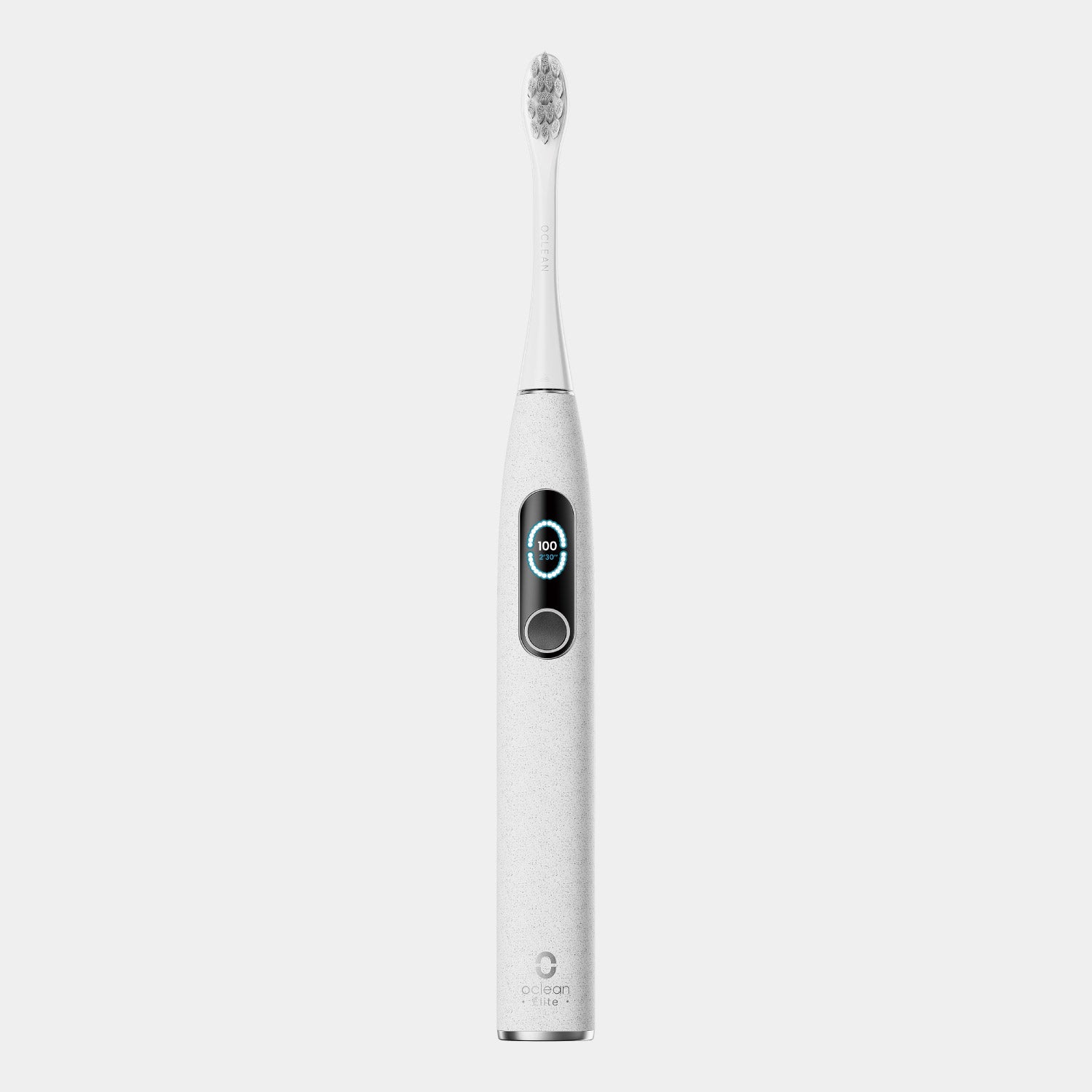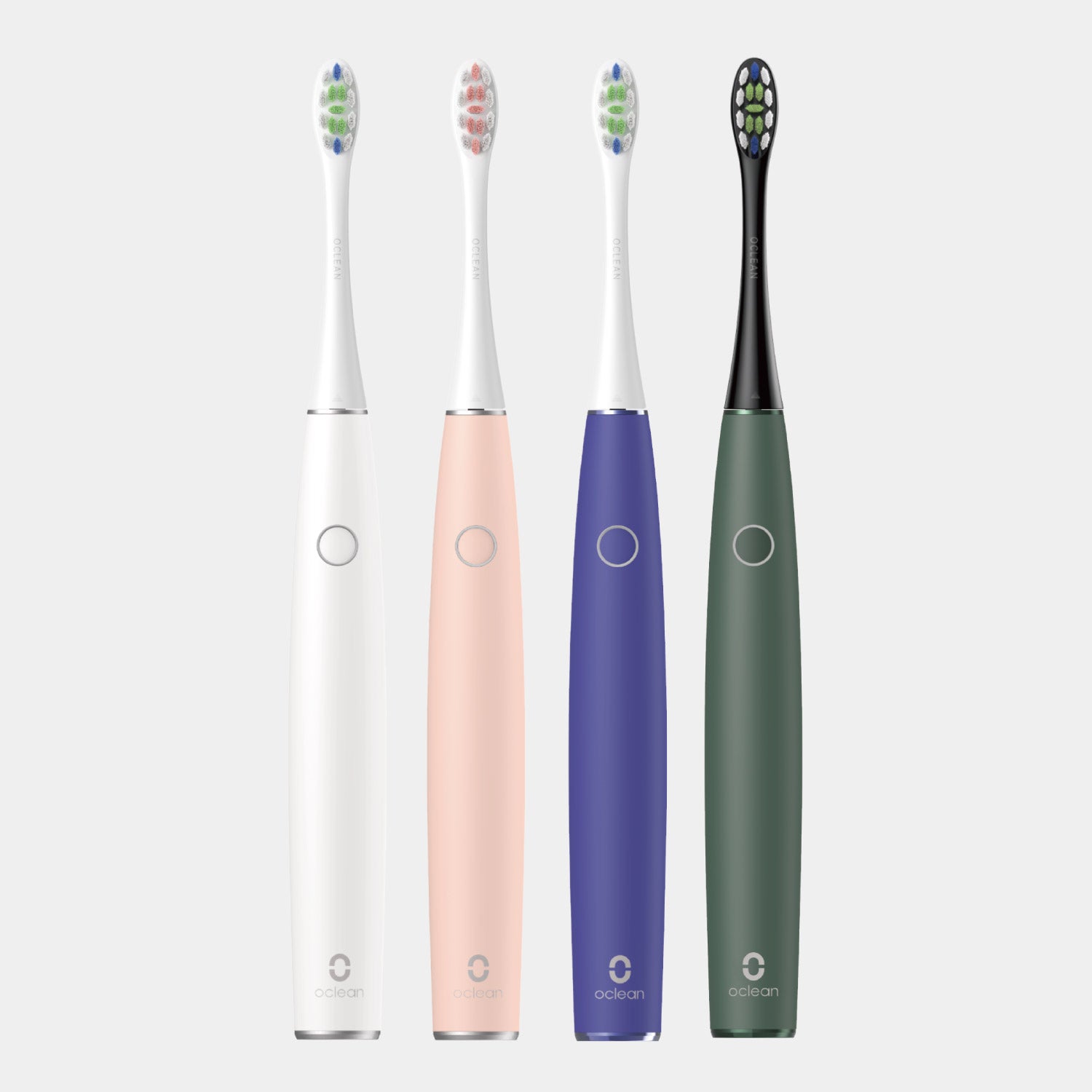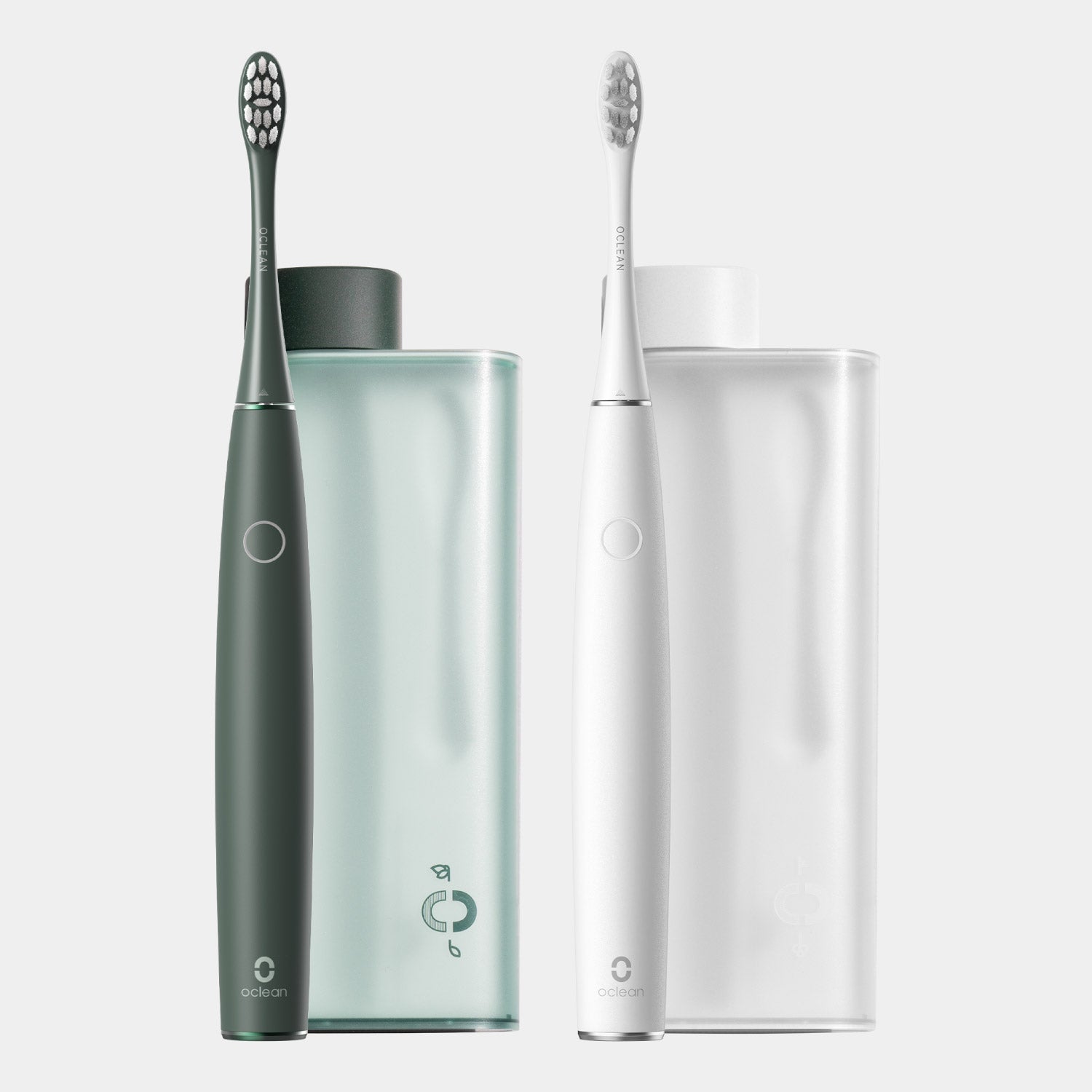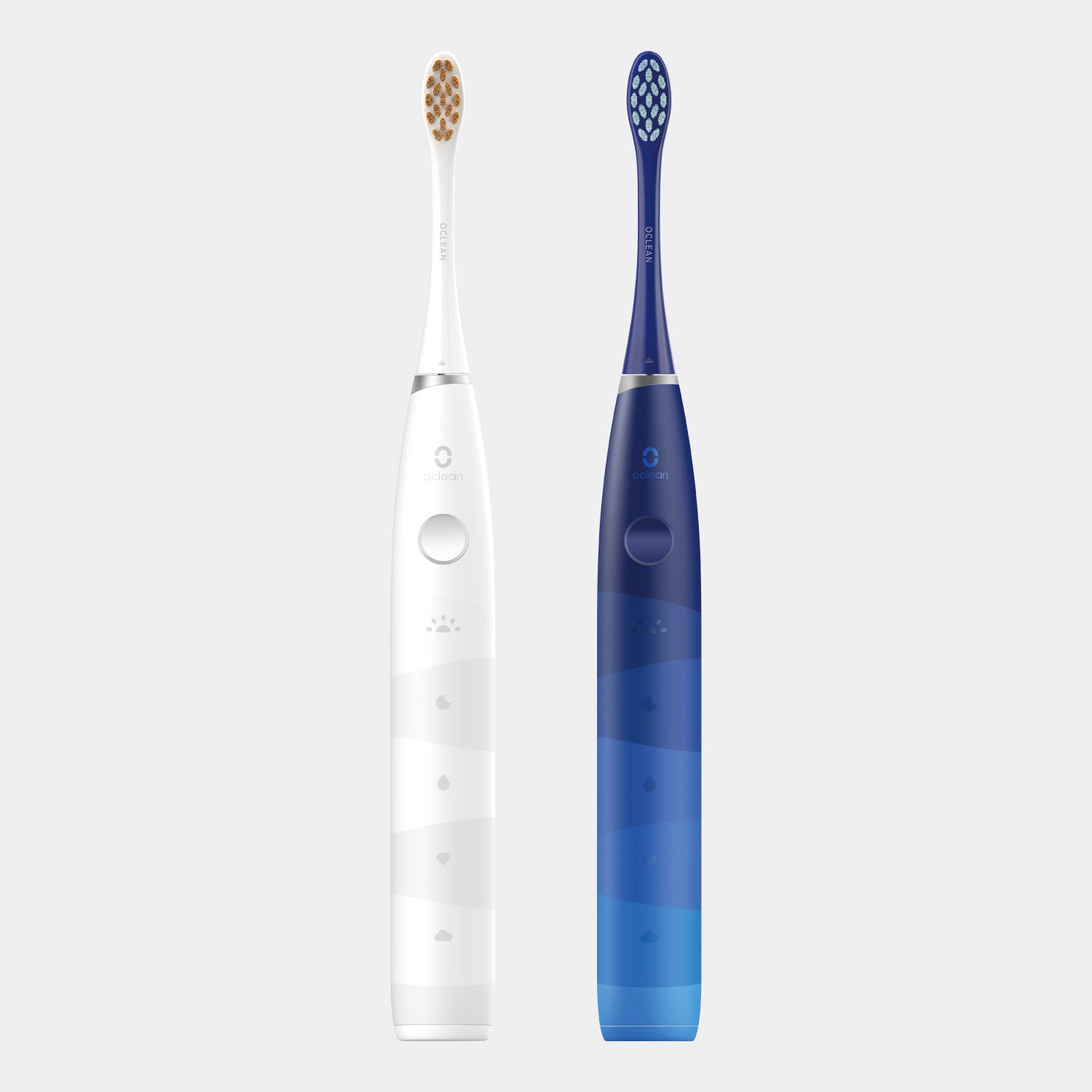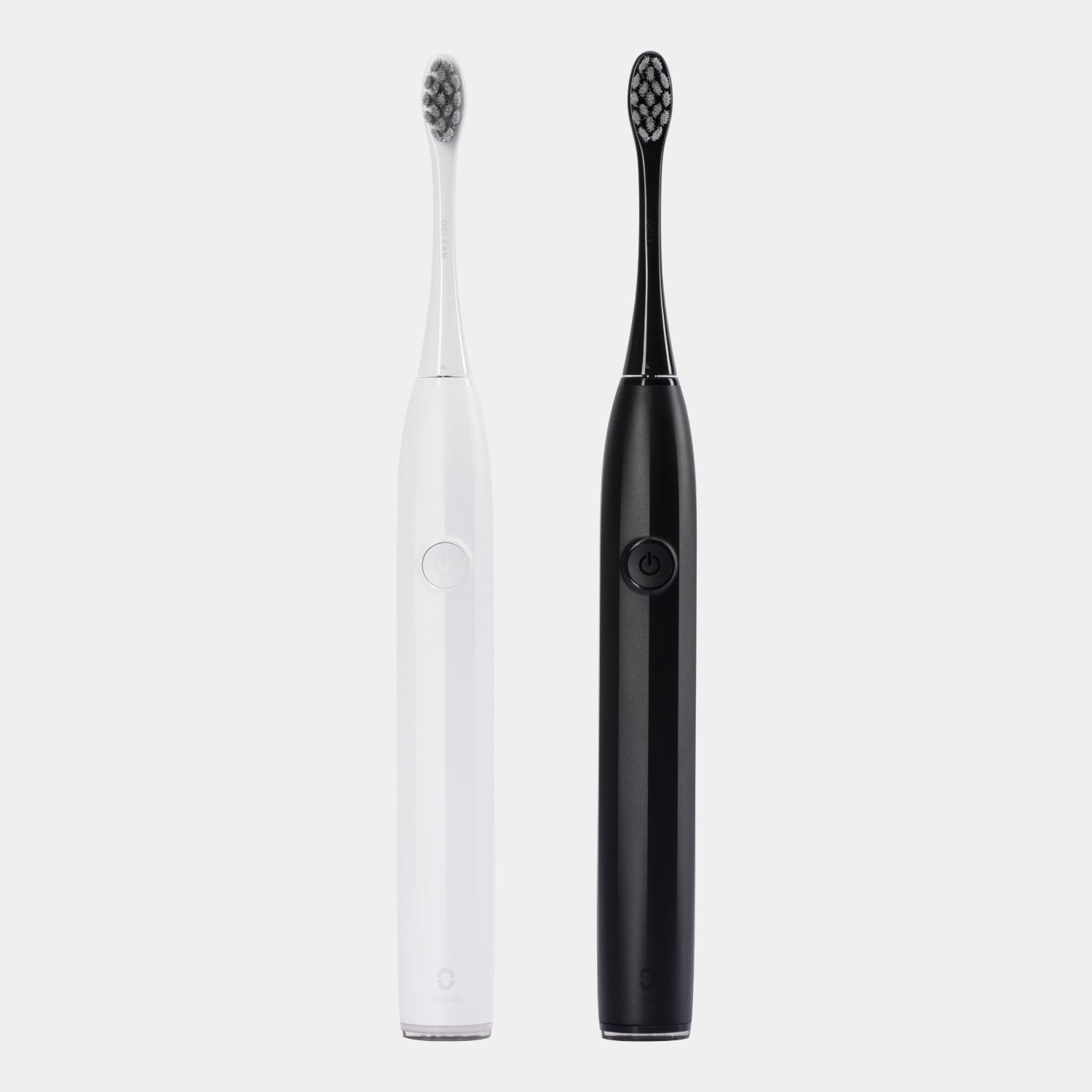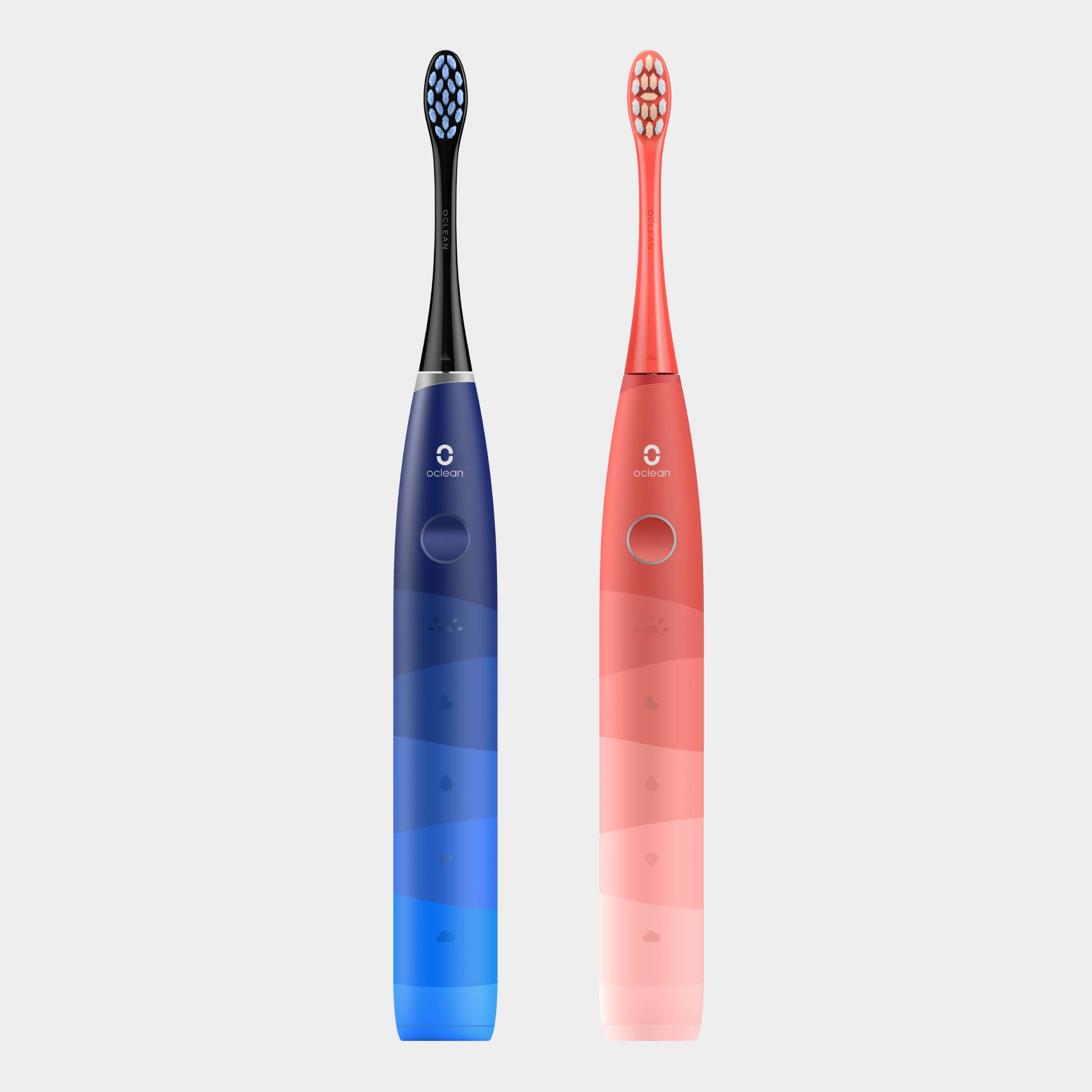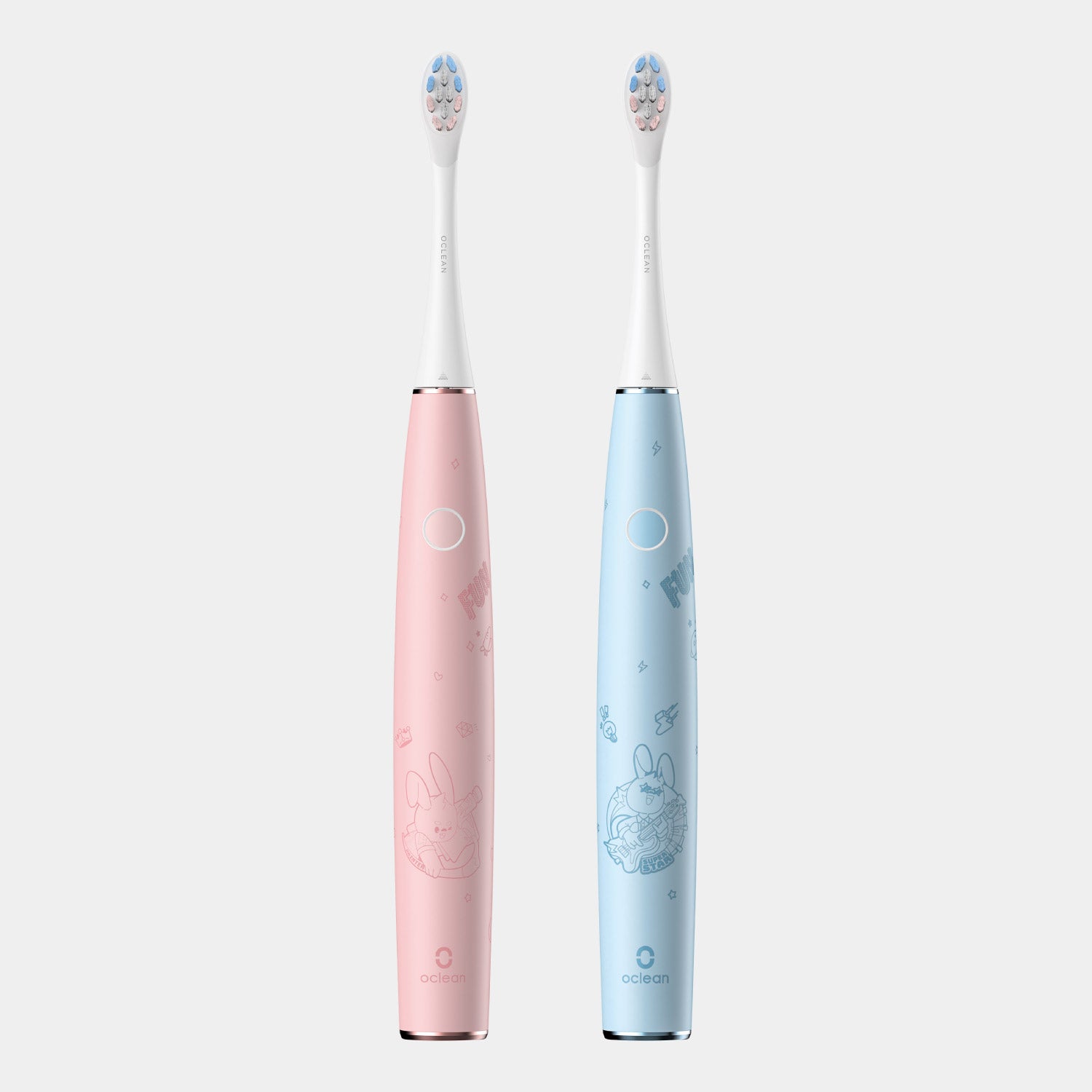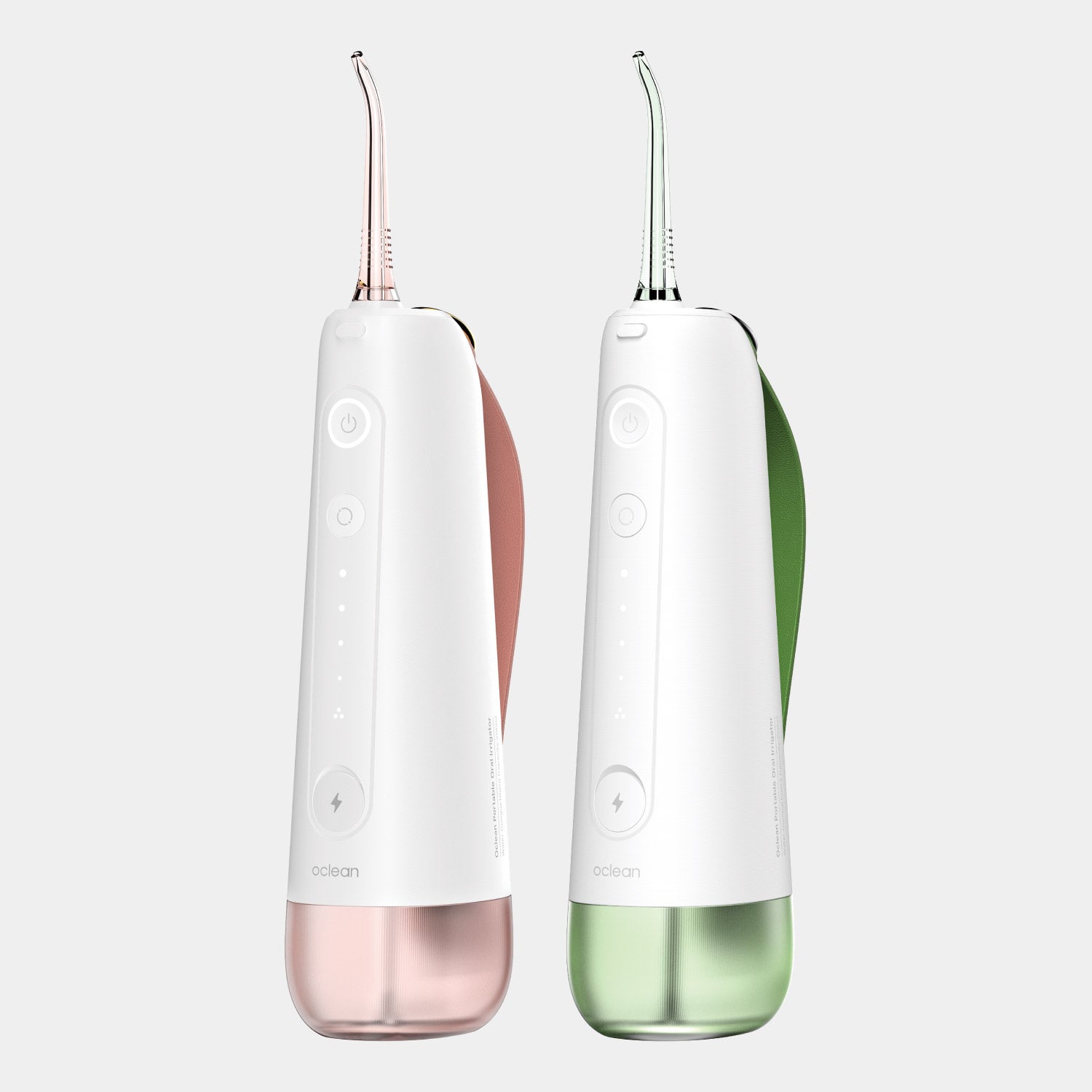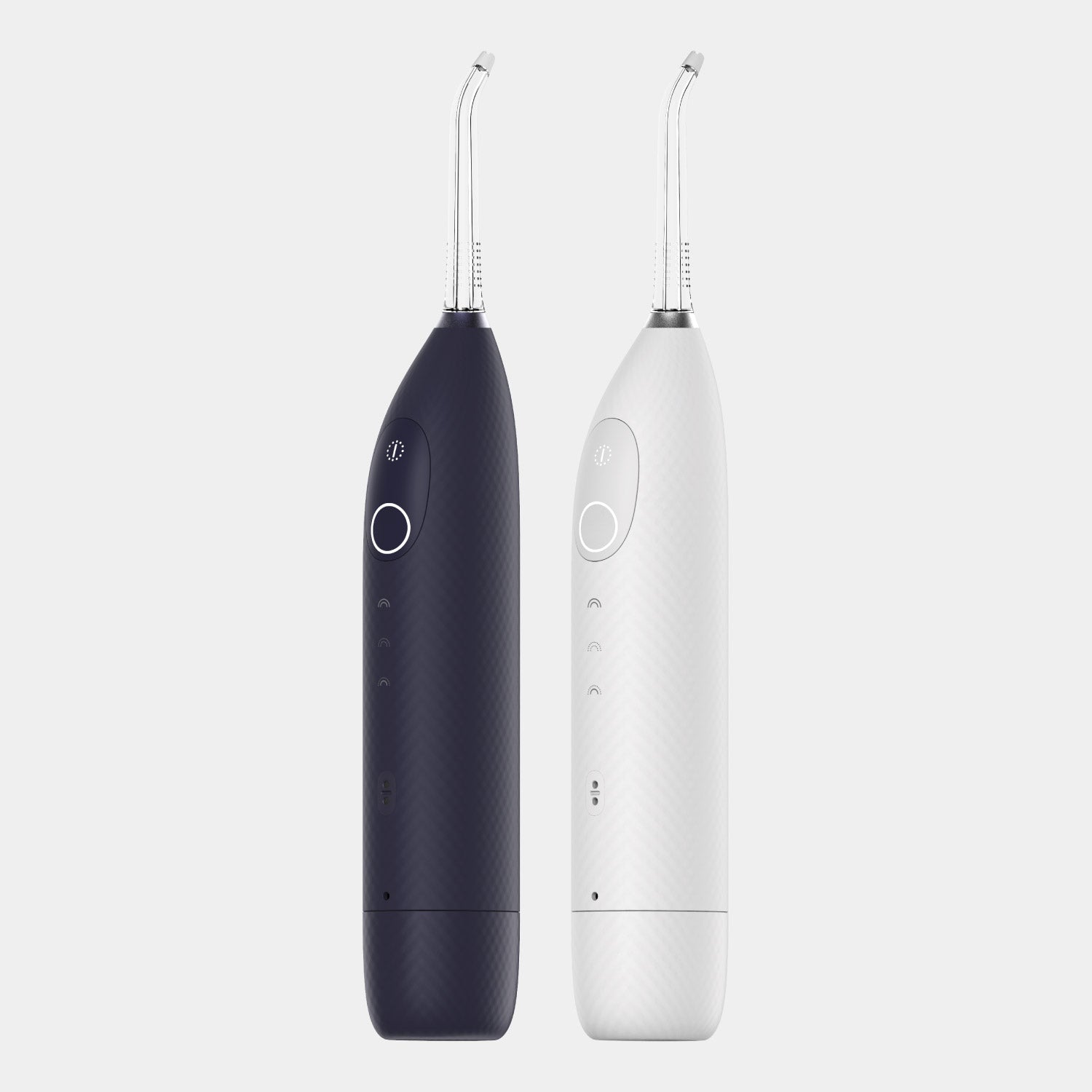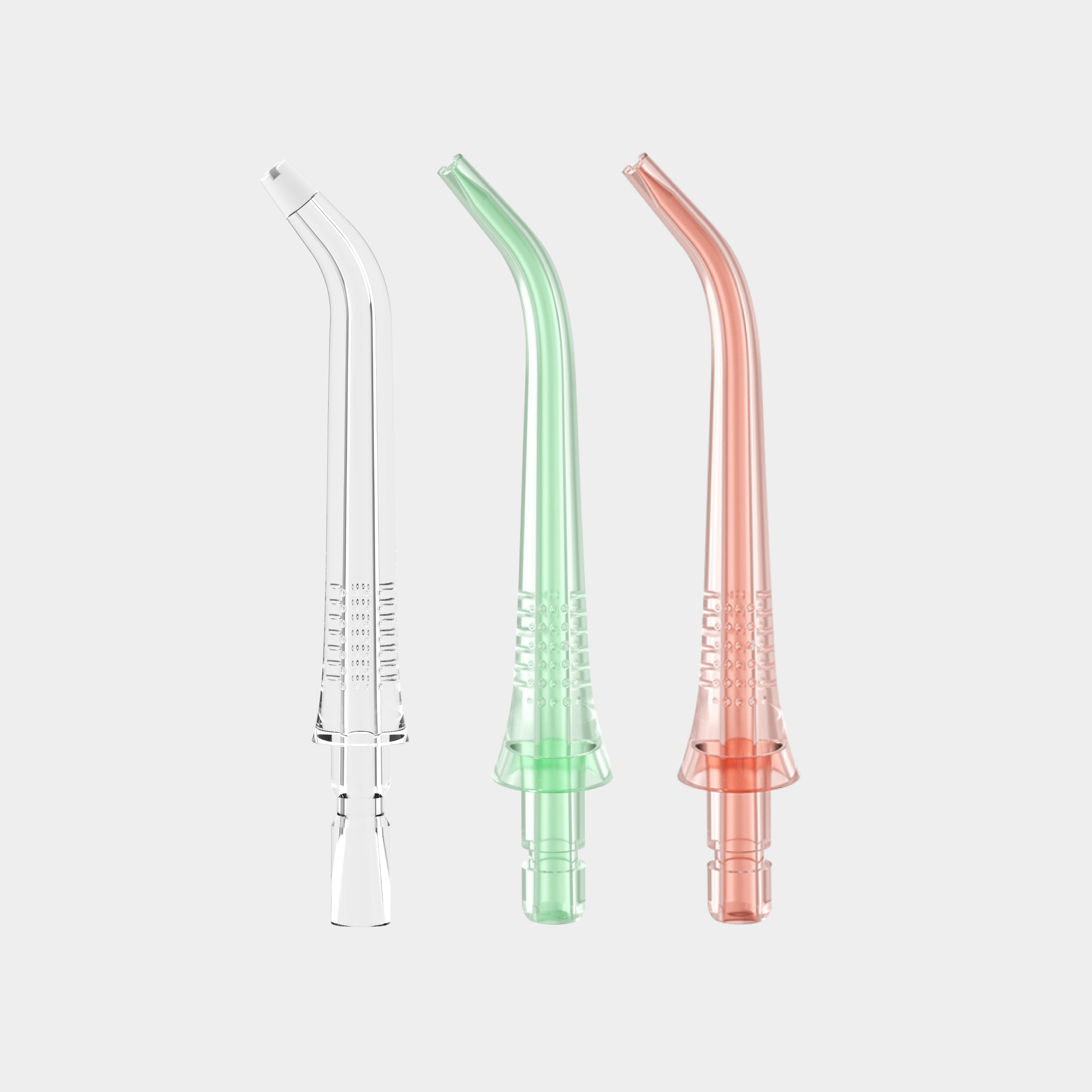Good oral hygiene is very crucial for maintaining healthy teeth and a healthy smile. Flossing and brushing are all part of this, but there’s an ongoing debate: should you floss before or after brushing? While many argue one way or the other, many experts suggest flossing before brushing for optimal results.
Proper flossing helps prevent cavities, gum disease, and bad breath. It is very important in your daily routine. In the following guide, we discuss the benefits of flossing and its best sequence with regard to brushing.

Why is Flossing Your Teeth Important?
Flossing has been deemed to be an indispensable aspect of oral hygiene by removing food particles, plaque, and bacteria that brushing alone can’t reach. They usually build up in the tight areas between your teeth and along the gum line, posing risks of dental caries, gum diseases, and bad breath. [1]
Prevent tartar buildup and inflammation to keep your gums healthier and your smile fresher by flossing daily. Consider flossing as a preliminary step to a deeper clean, which will make your brushing even more effective.

Should You Floss Before or After Brushing?
Studies suggest that flossing before brushing is more effective. How so? Flossing dislodges plaque and food debris, along with bacteria, from between your teeth and gums, making it easier for fluoride in toothpaste to reach and protect those areas. [2] This sequence not only gets rid of more plaque, but it also enhances the retention of fluorides, hence enhancing better health of your teeth altogether.
Ultimately, whether you floss before or after brushing is up to your preference. Most importantly, it is about flossing daily and brushing your teeth at least twice a day with fluoride toothpaste. These two together give a comprehensive cleaning, freshness of the mouth, strength to the teeth, and a healthy smile for more years.

Why Is It Better to Floss Before Brushing?
Flossing before brushing your teeth ensures that the plaque, bacteria, and food debris that get dislodged during flossing find their way out of your mouth through brushing. In cases where you floss after brushing, those loosened particles mostly remain in your mouth until your next oral hygiene routine.
Besides, brushing after flossing allows toothpaste fluoride to penetrate more successfully between the teeth and along the gum line, providing better protection against cavities. This was further cemented by a 2018 study that confirmed flossing first improves fluoride retention, making this sequence more effective for overall dental health. [3]

How Often Should You Floss?
The American Dental Association says that daily flossing may better provide oral hygiene and diminish the risk of cavities and gum diseases. Floss picks, interdental brushes, or water flossers are also highly helpful for cleaning between the teeth. [4]
Daily flossing keeps your teeth and gums healthy by preventing plaque formation since it removes bacteria and food particles that toothbrushes can't reach.
What Are the Benefits of Flossing?
Incorporating flossing into the daily routine of dental hygiene will bring many benefits to the teeth and gums:
Removes More Plaque
Flossing reaches between the teeth areas that brushing alone can never do, dislodging trapped plaque. Besides, using an electric toothbrush afterward really gets the job done and leaves the mouth much fresher, while minimizing the chances of tooth decay. [5]
Prevents Tartar Build-Up
It prevents the building up of plaque that solidifies into tartar, which yellows teeth and is only removable by a dentist. Daily flossing keeps your smile brighter and healthy.
Helps to Keep Gums Healthy
A healthy tooth requires a sound structure, starting with the gums. [6] Flossing helps take out food particles and plaque along the gumline, reducing any chances of developing gum-related diseases such as gingivitis. Similarly, it helps keep gums in shape and controls decay, provided one is able to brush for at least two minutes twice a day.

How to Make Flossing Part of Your Routine
Flossing might seem like an extra step, but it is a critical means of maintaining a cleaner and healthier mouth. Surprisingly, studies have shown that a mere 16% of people floss on a daily basis. Most claim this is because they do not have time to floss. If you find a regular time – either in the morning, at night, or even after meals – then flossing can easily be one of those automatic habits.
To begin with:
- Leave floss in a visible location, such as next to your toothbrush, to remind you to use it.
- If regular floss seems too much of a hassle, try floss picks or water flossers.
- Set a goal to floss at least once daily, no matter the time of day.
Regular flossing is a small investment of time that pays great dividends in long-term oral health.

What's the Best Type of Floss for Me?
It depends on your dental needs, your lifestyle, and your preferences to know the right floss for you. Among them could be the following:
- Traditional Floss: This is great for anyone who is used to using floss on their own. Waxed floss is good to use between tight spaces; dental tape is broader and intended for people who have more space between teeth.
-
Floss Picks: These are compact and convenient, easily taken along with one wherever they go. The best options are things like Oclean Dental Floss Picks or Twin-line Dental Floss Picks which provide very precise cleaning and added convenience.

- Interdental Brushes: These are excellent for cleaning around braces, bridges, and larger gaps between teeth.
-
Water Flossers: Modern, efficient solutions to deeper cleaning. Oclean's Water Flossers include advanced models such as the Oclean W10, Oclean W1, and the all-new Oclean A10, using pressurized water for easy dislodging of debris and plaque. Such oral irrigators are especially recommended for patients with sensitive gums or wearing orthodontic appliances.

It will be easier to maintain proper and regular oral hygiene by choosing the flossing method that suits your routine.
Floss First or Brush First? You'll Never Have to Guess Again
While both flossing and brushing are important, flossing first has a slight advantage. It dislodges debris and plaque from between teeth, allowing your toothbrush to clean more effectively and deliver fluoride to areas it couldn't reach before.
At the end of the day, what matters most is making both steps a commitment in any order for a cleaner, healthier mouth.
Reference
- “Importance of Flossing | College of Dentistry | University of Illinois Chicago.” University of Illinois Chicago, 19 May 2022, dentistry.uic.edu/news-stories/importance-of-flossing/.
- Baum, Alan. “Should I Floss or Brush First?” American Association of Orthodontists, 17 Feb. 2020, aaoinfo.org/blog/should-i-floss-or-brush-first/.
- Mazhari, Fatemeh, et al. “The Effect of Toothbrushing and Flossing Sequence on Interdental Plaque Reduction and Fluoride Retention: A Randomized Controlled Clinical Trial.” Journal of Periodontology, vol. 89, no. 7, July 2018, pp. 824–832, https://doi.org/10.1002/jper.17-0149.
- “Dental Floss / Interdental Cleaners.” Www.ada.org, 21 Sept. 2021, www.ada.org/resources/ada-library/oral-health-topics/floss.
- Lindberg, Sara . “Benefits of Flossing Your Teeth: 5 Reasons to Floss Regularly.” Healthline, 17 Feb. 2021, www.healthline.com/health/benefits-of-flossing.
- “Don’t Toss the Floss!” NIH News in Health, newsinhealth.nih.gov/2016/11/don-t-toss-floss.



